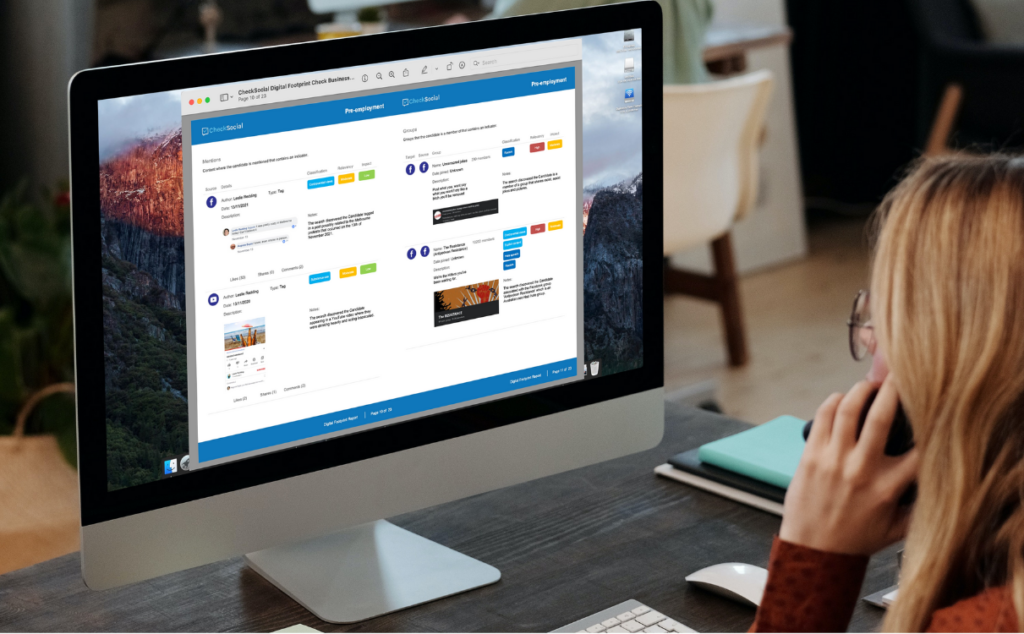The current state of the economy has created a talent shortage across industries. As a result, companies are having trouble filling open jobs. Australia, in particular, experienced a significant economic slowdown over the last decade, resulting in a growing gap between demand and supply of skilled workers.
Talent shortage in Australia and why it is happening
Unemployment rates at a global scale are dropping as organisations are finding ways to adapt to disruptions and the evolving business landscape.
However, these reduced unemployment numbers have put pressure on finding the right people. Some trends we’re seeing in Australia’s labour shortage are likely going to carry over for a period of time, and hiring quality candidates can become increasingly challenging.
How to hire quality candidates during a talent shortage
Conventional approaches are no longer working. It is high time organisations modernise their hiring process.
For HR teams and recruiters seeking to maintain a healthy, inclusive workplace culture and an exceptionally talented workforce, below are our 5 top tips.
1. Commit to diversity, equity and inclusion (DEI)
While it is true that companies struggle to attract and recruit diverse candidates because of a genuine lack of human resources, some organisations have a perceived talent shortage stemming from their hiring criteria that are too strict and rigid. This is often a result of unconscious bias and a lack of policy.
Organisations who promote their strong commitment to DEI are better able to attract top talent. A digital footprint check is one way to promote and reinforce this commitment as it screens candidates for discriminatory behaviours such as racism and allows employers to avoid hiring people that put their workforce at risk.
You will also reap the benefits of having a diverse workforce that is better for innovation, creative output and performance.
2. Seek candidates who are not actively looking
Simply advertising and waiting for quality applications to come through is not going to cut it. The key is to have a more outbound talent search approach where you look for passive candidates and build a network of potential workers even before you advertise job vacancies.
3. Reduce your time-to-hire process
You should strive to make your recruitment process agile and speedy whilst staying efficient. You can do this by lowering the number of steps when interviewing, getting expert interviewers on board, downsizing your team of decision makers, and even outsourcing your hiring to recruitment agencies.
While it can be very tempting to skip risk management processes like background checks, a candidate shortage does not remove the risk of a bad hire.
4. Use data-driven recruitment
When making important hiring decisions, we always measure our candidates’ performance and ability to do the job. But we can’t always assume we know everything about the candidate based on capabilities alone. Organisations can benefit from using recruitment data and metrics for consistent upscaling in their recruiting process.
5. Implement risk management steps
Managing and minimising risk in the hiring process is important as it not only saves organisations valuable time and resources, but also ensures they keep potential risks to their reputation and culture at bay.
Performing a digital footprint check addresses the risk gap that the digital age has introduced to the hiring process and allows organisations to gain powerful insights from their candidates’ online behaviour, assess their cultural fit and avoid bad hires..
Too often, the types of red flags discovered by digital footprint checks are missed by traditional background checks. While your candidate may appear to be the perfect fit on paper throughout your interview process and even after traditional background checks, their online life and digital footprint may indicate otherwise. Red flags, also known as cultural fit indicators, include:
- discriminatory behaviors such as racism, sexism, homophobia, and hate speech;
- criminal history and conduct such as fraud, acts of violence and cybercrime; and
- unprofessional behaviours such as online bullying, strong language explicit content, substance use, and bad mouthing employers or co workers.
Should you do a digital footprint check yourself?
While 75% of employers are already manually checking their candidates’ social media accounts, DIY social media screening comes with certain risks and limitations. Manual checks can be prone to errors, result in missed insights and be resource intensive . Even more concerning is the possibility of your hiring process introducing unconsious bias and discrimination as well as being non-compliant with privacy legislation.
Work with CheckSocial
Utilising CheckSocial’s digital footprint checks, you will be able to identify and employ thoroughly vetted candidates who are the best cultural fit for your organisation, with the added benefit of avoiding the financial, cultural and reputational impacts of a bad hire.
Empower your organisation with the confidence of hiring a workforce you can trust with CheckSocial. Reach out to us today.
You can also learn more about how to overcome common challenges such as the shrinking talent pool with our ultimate guide to digital footprint checks.



